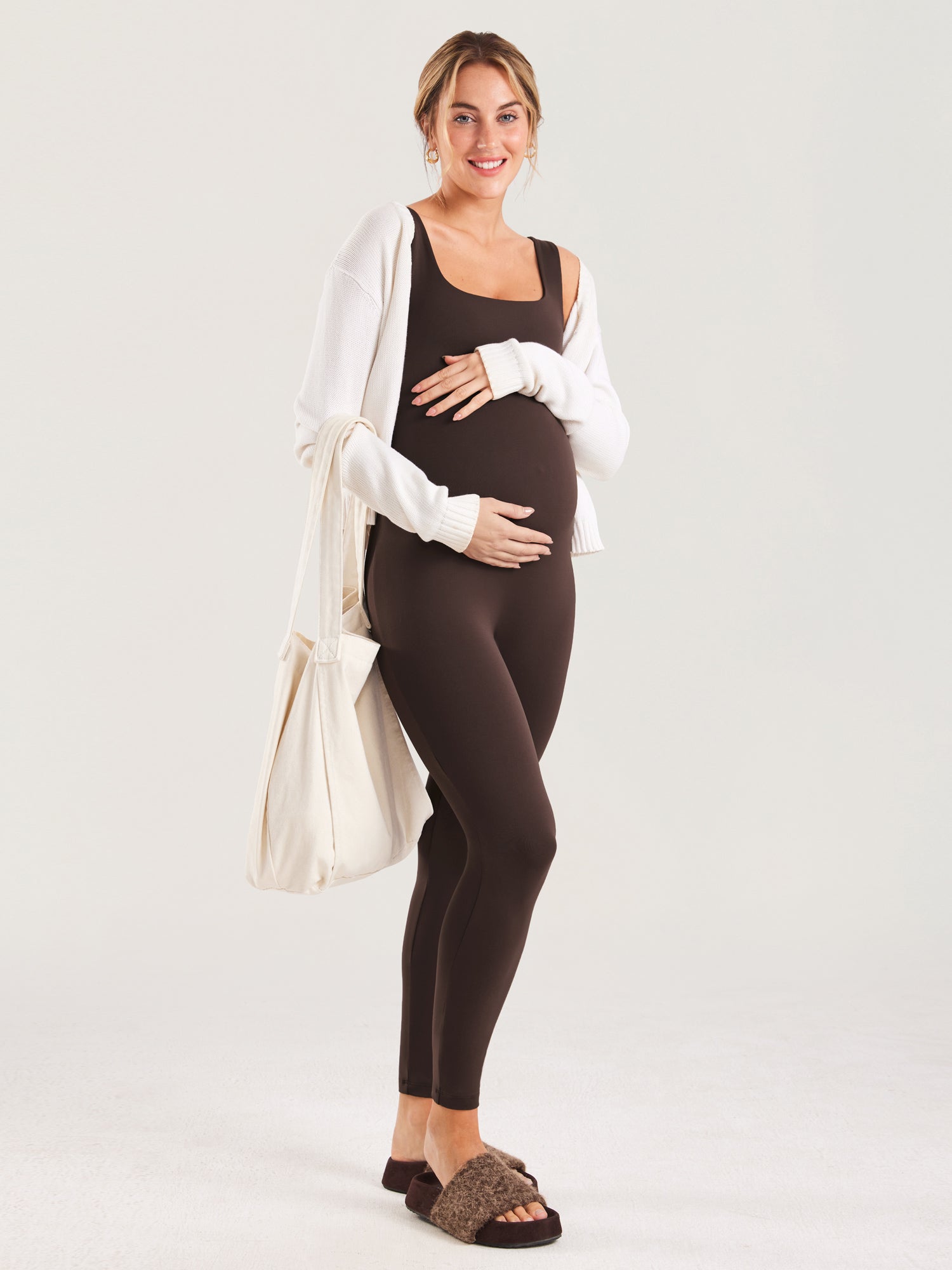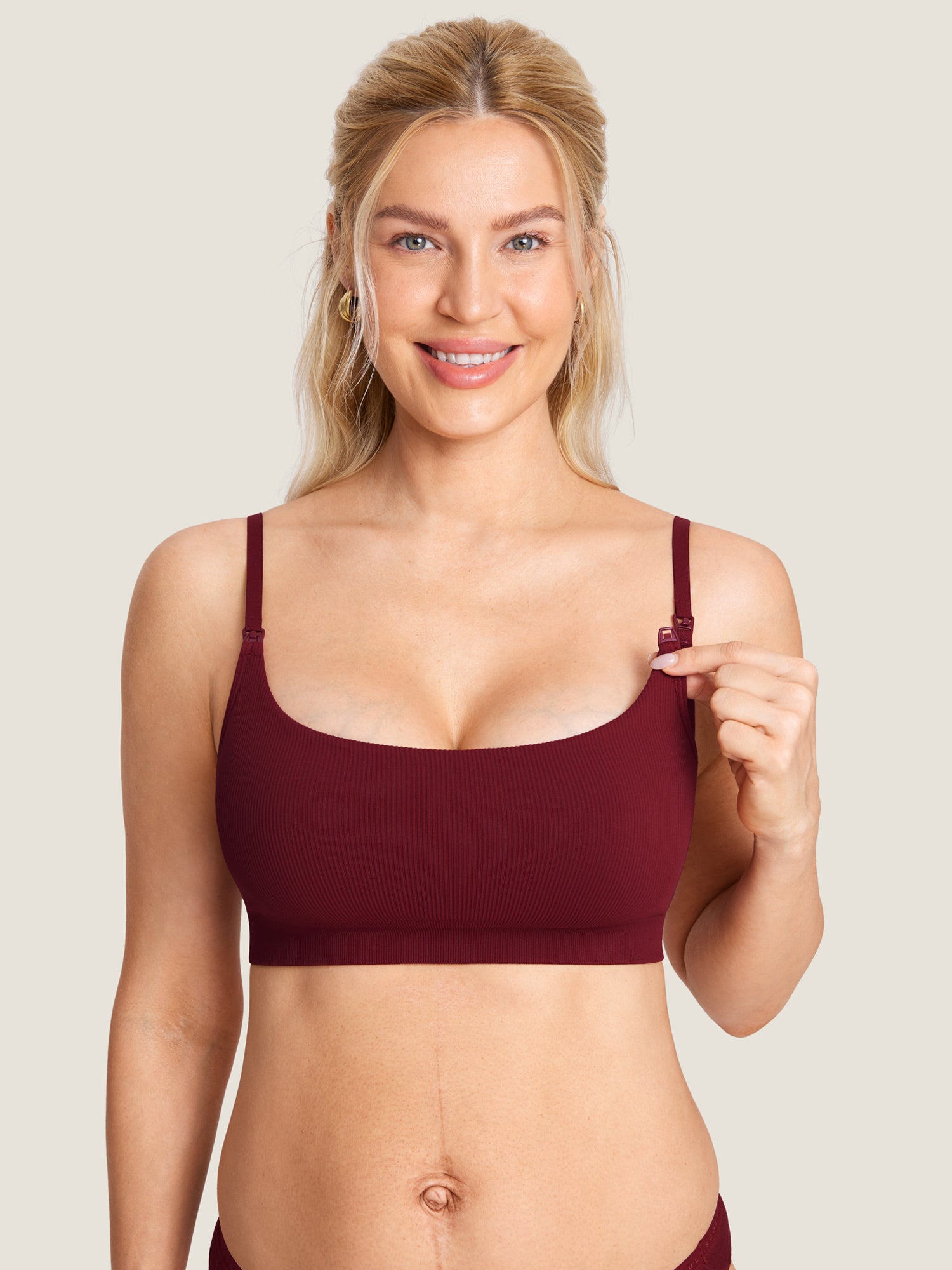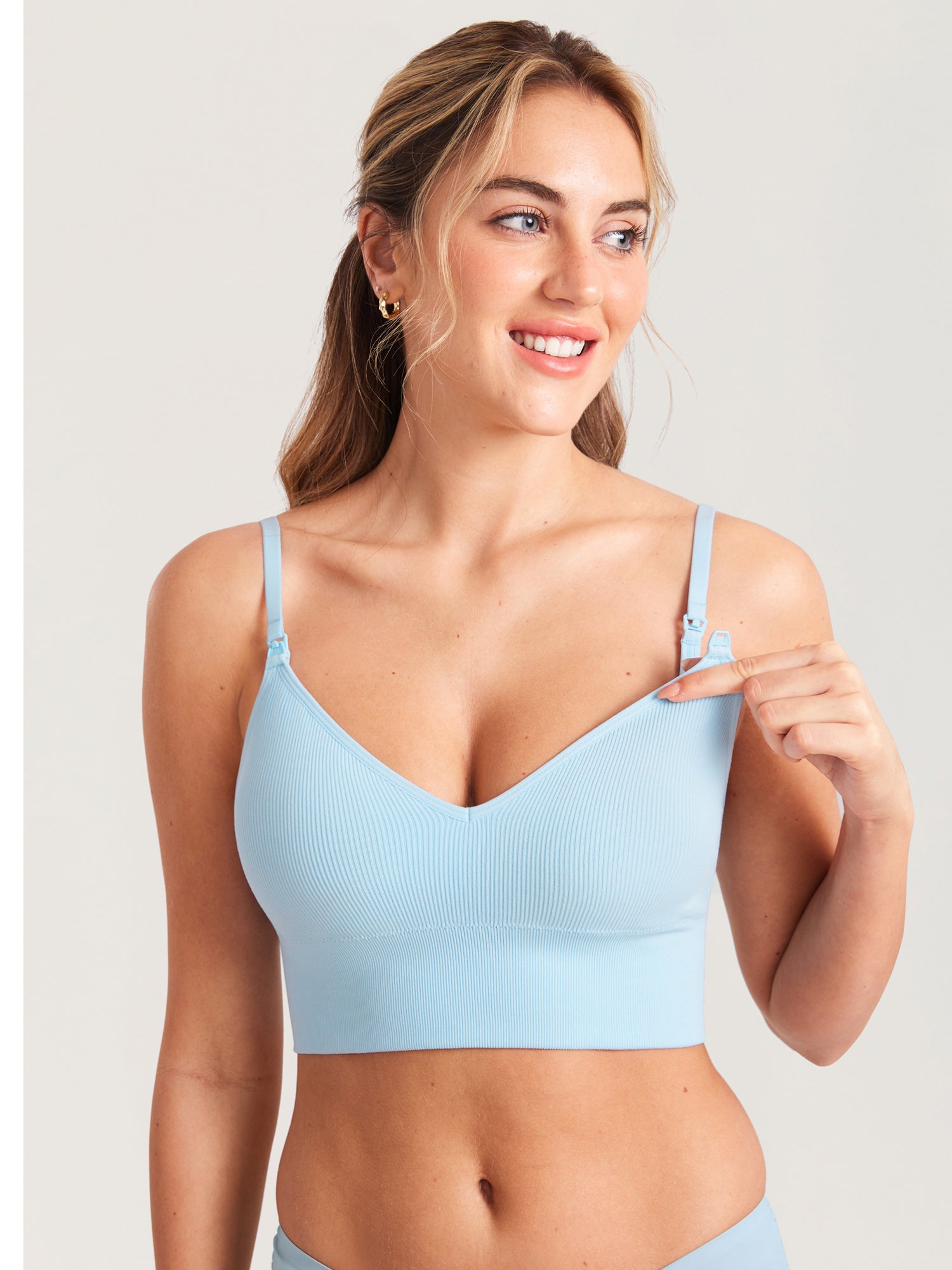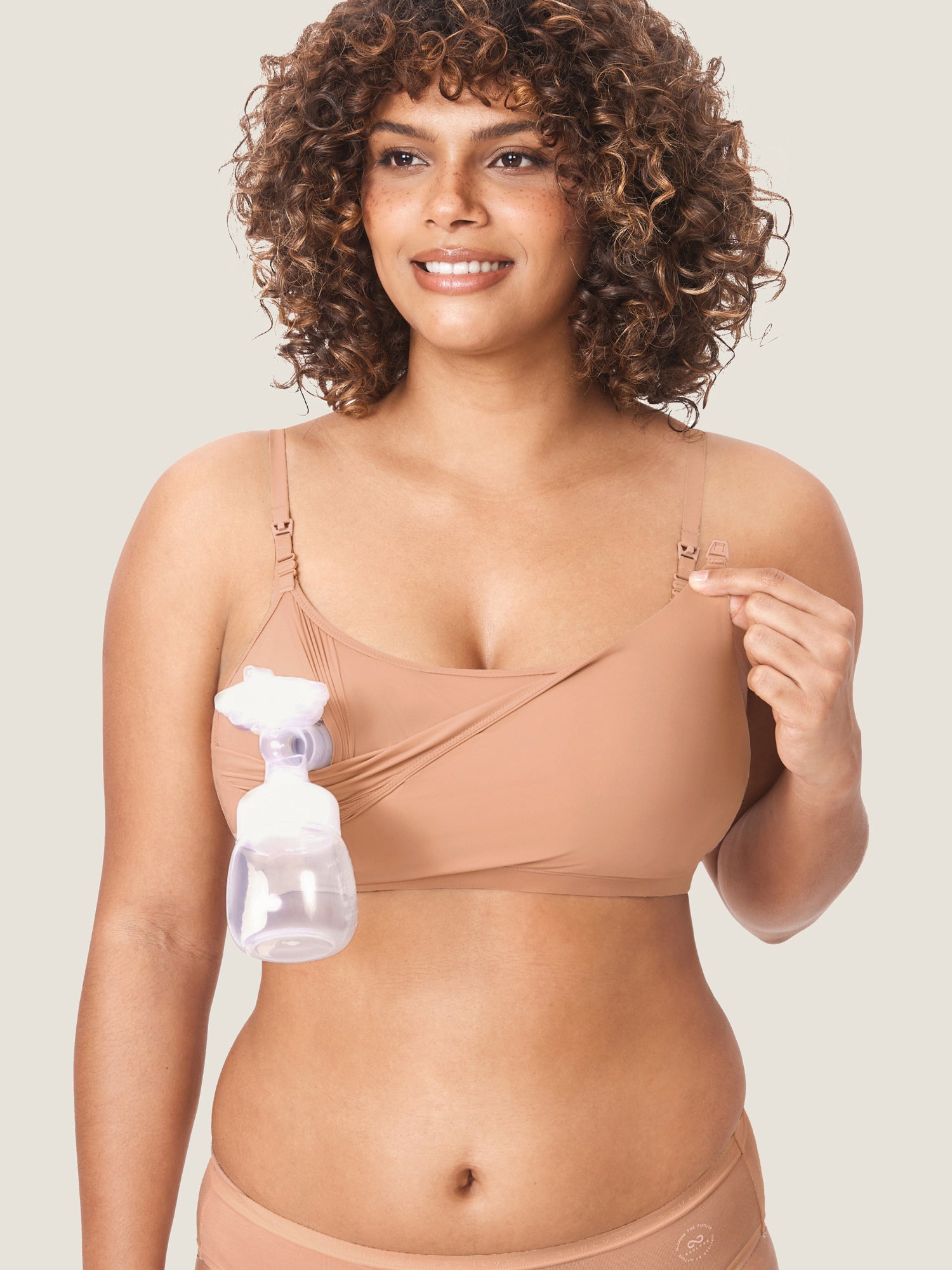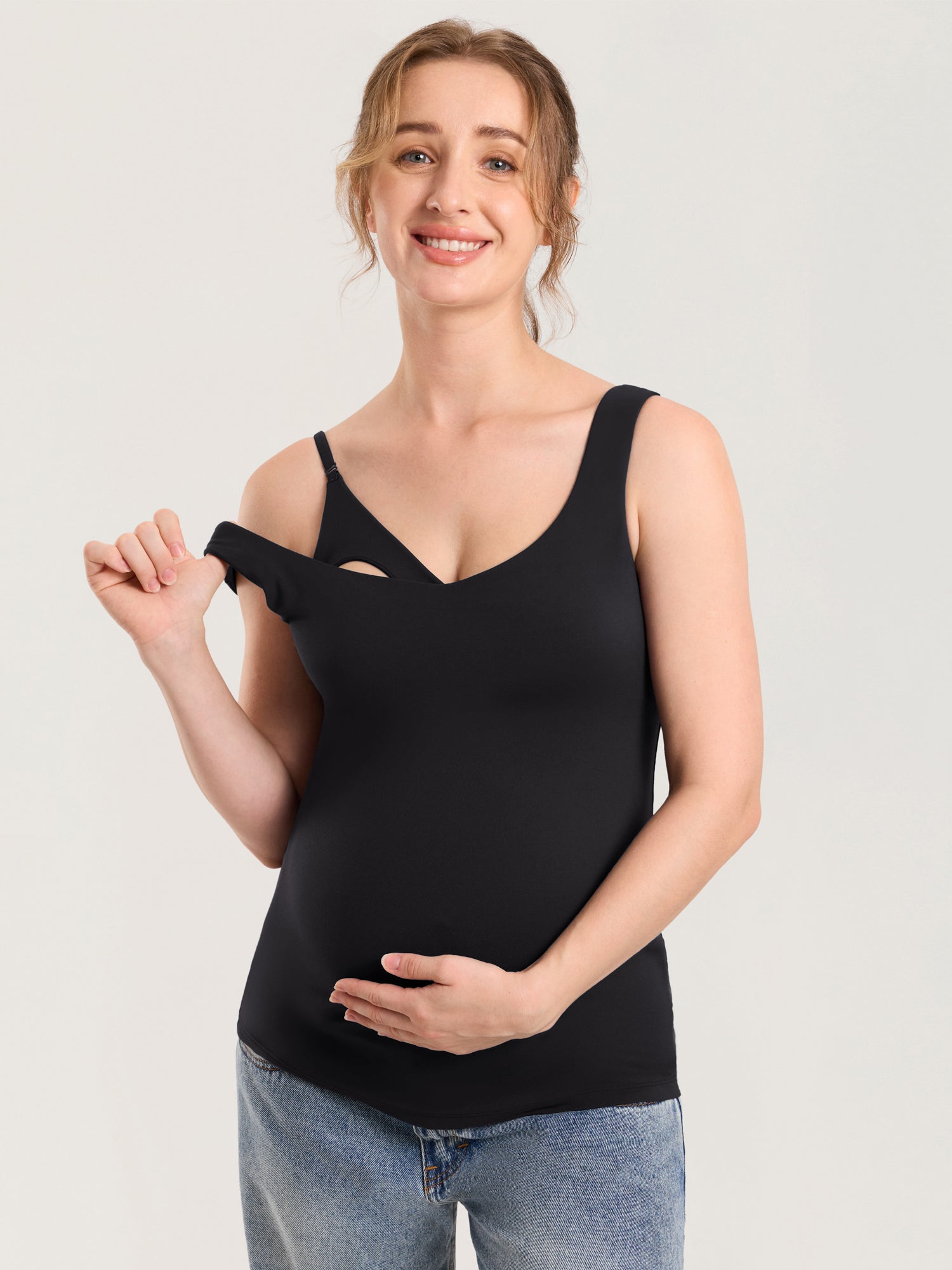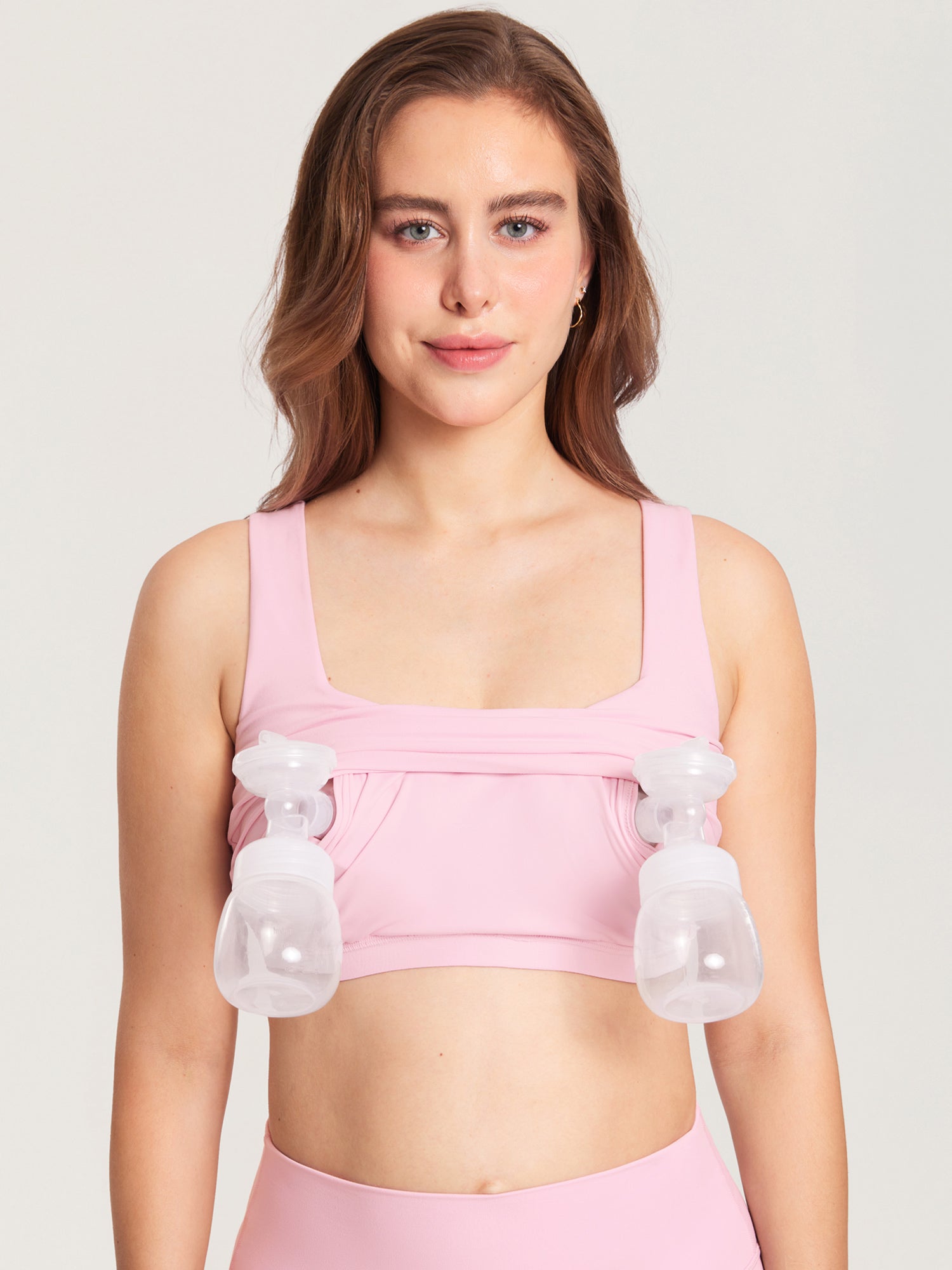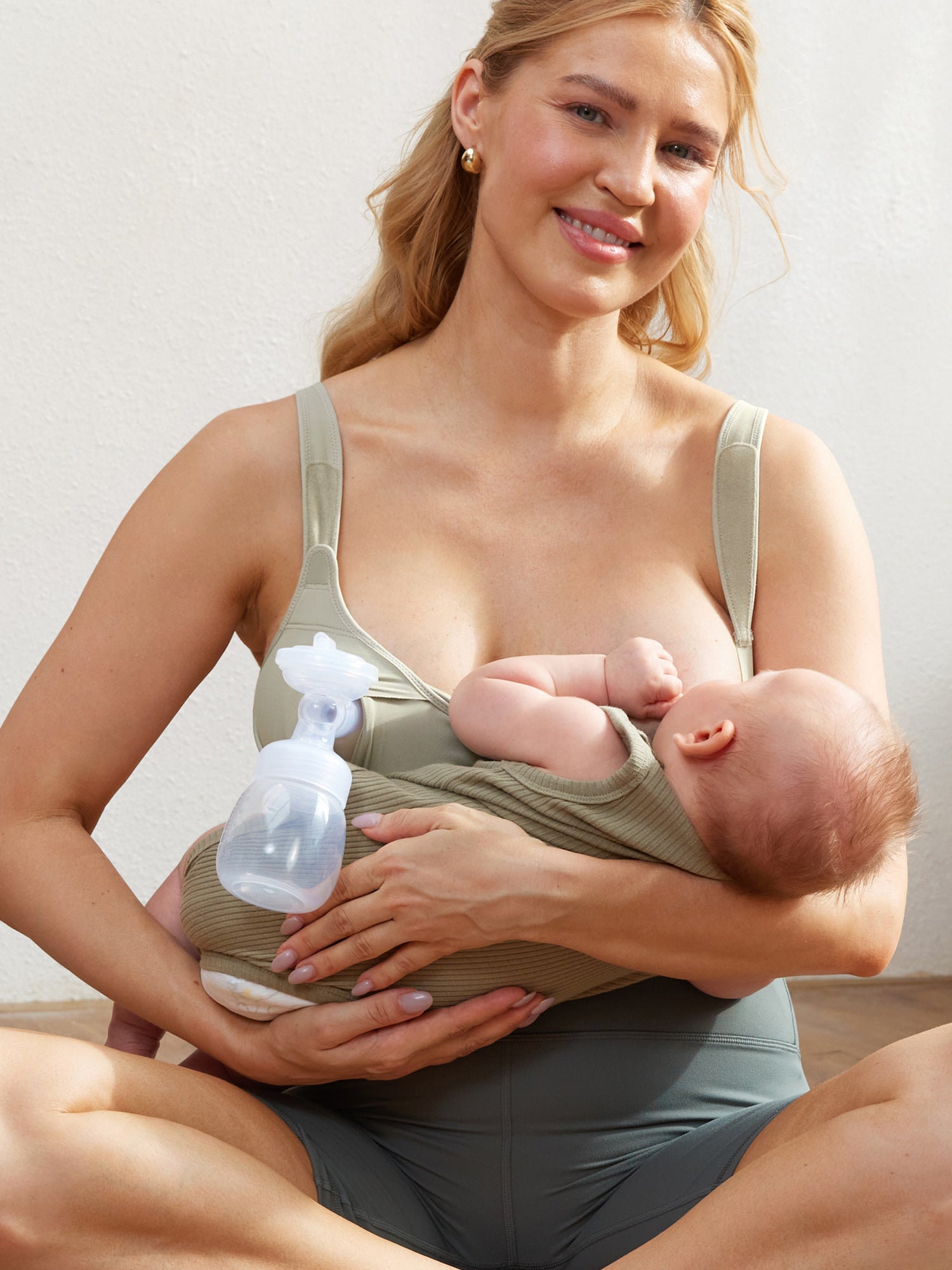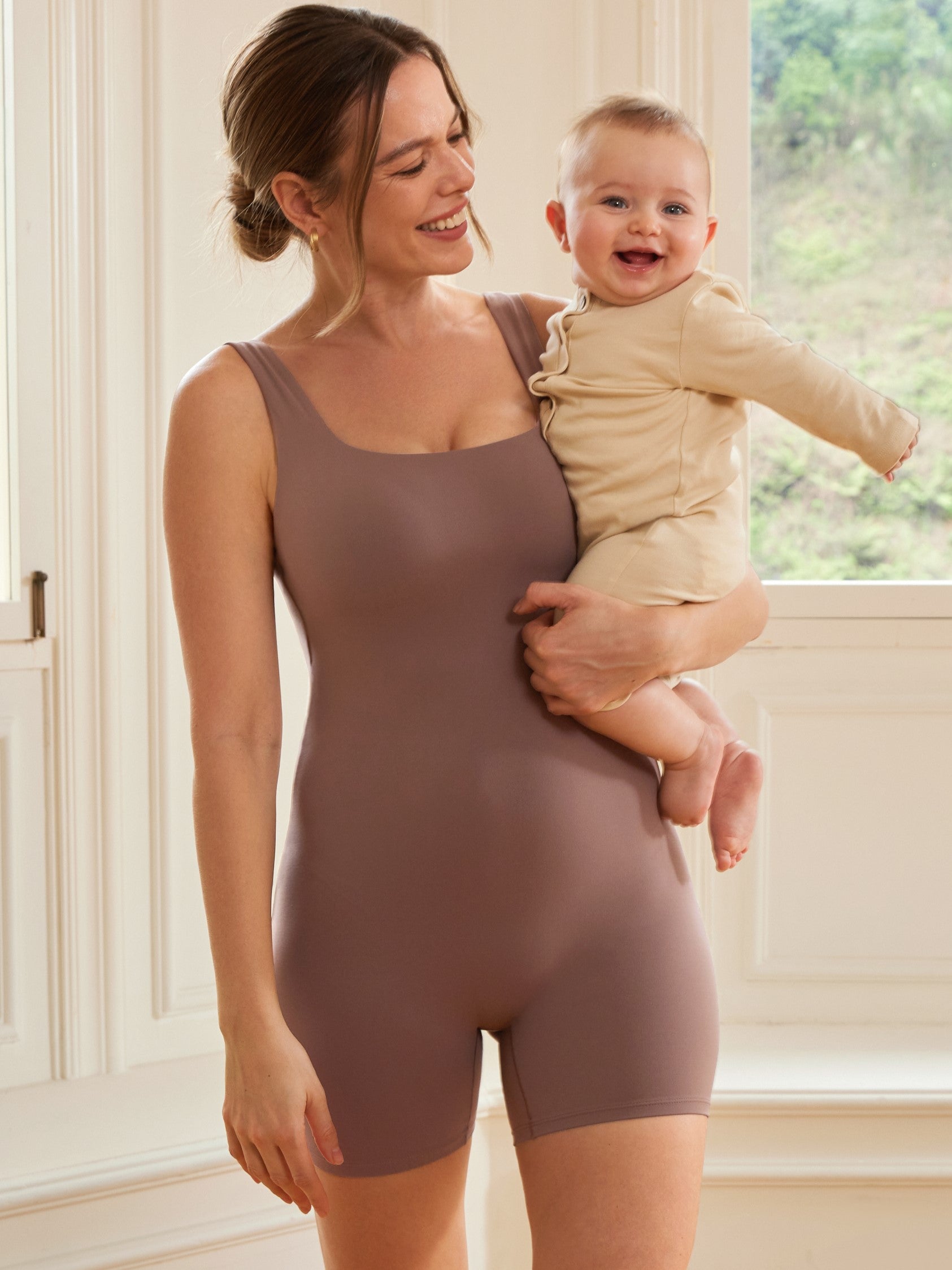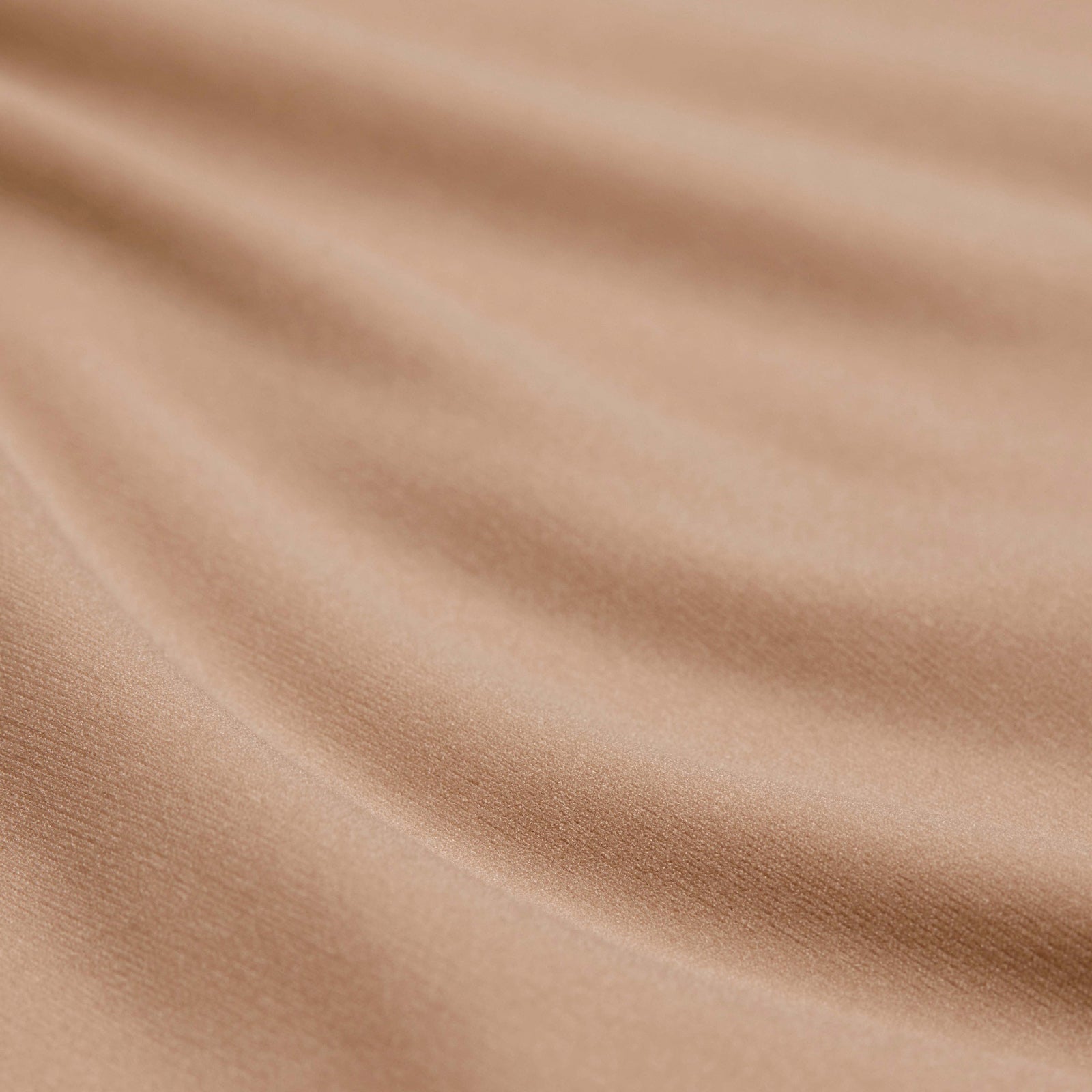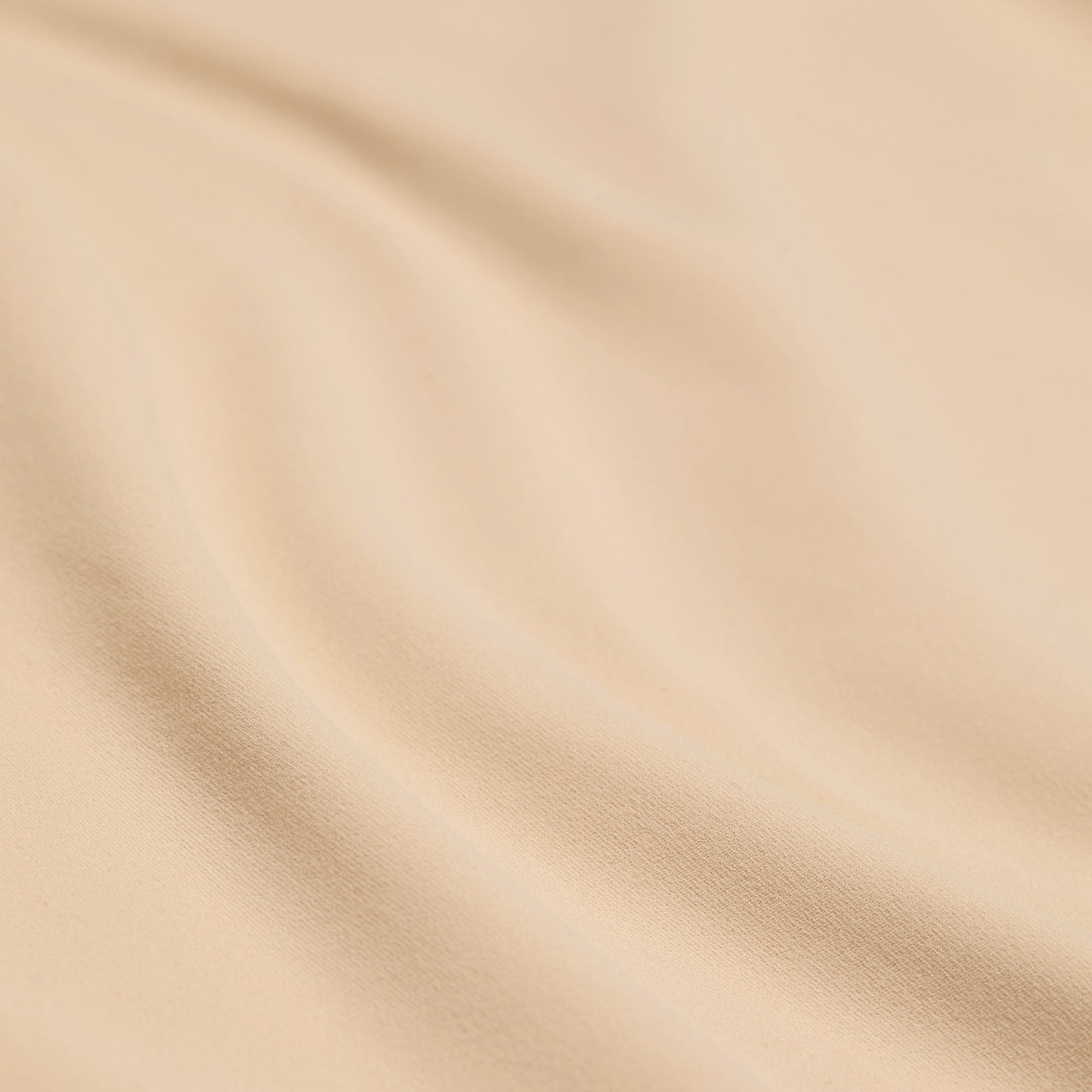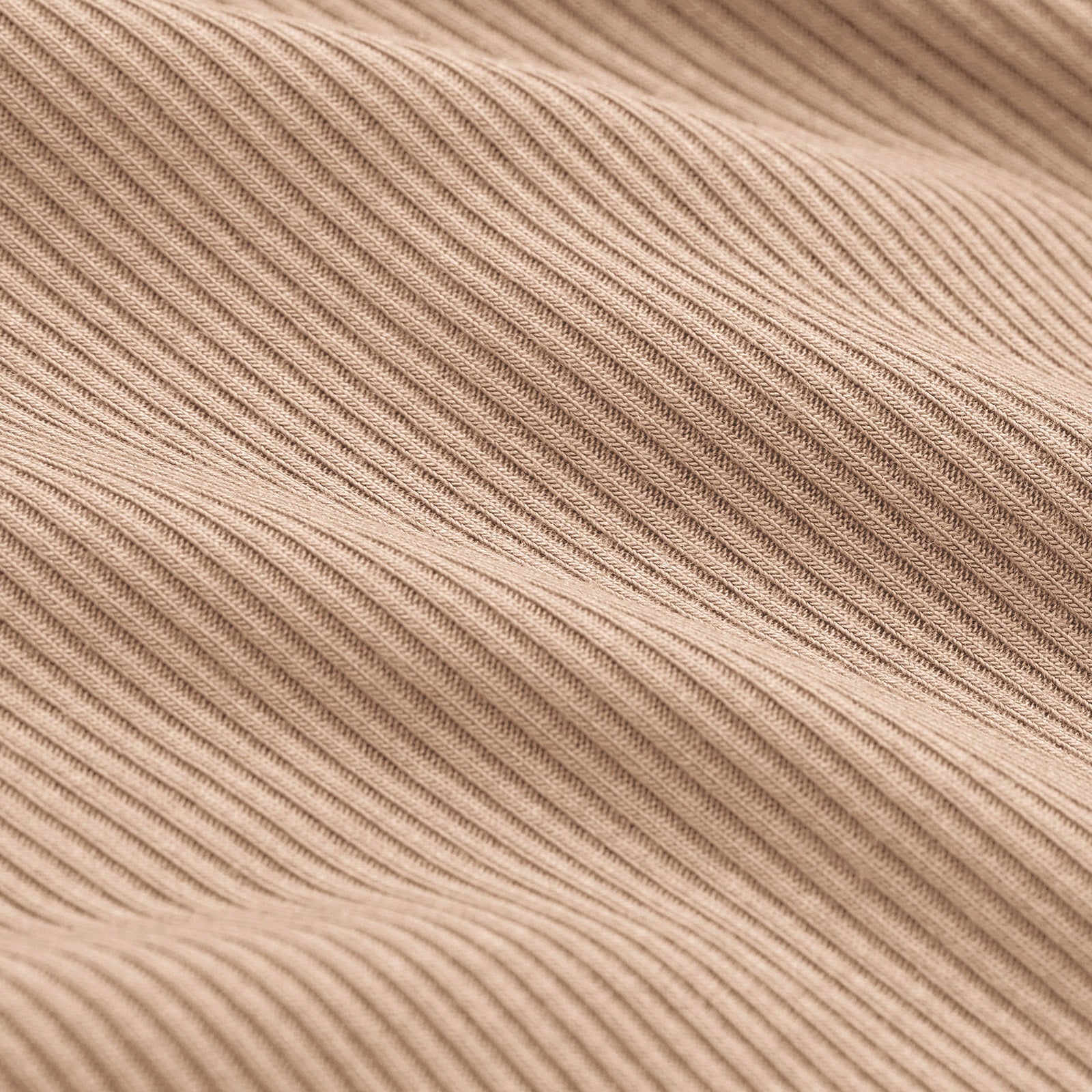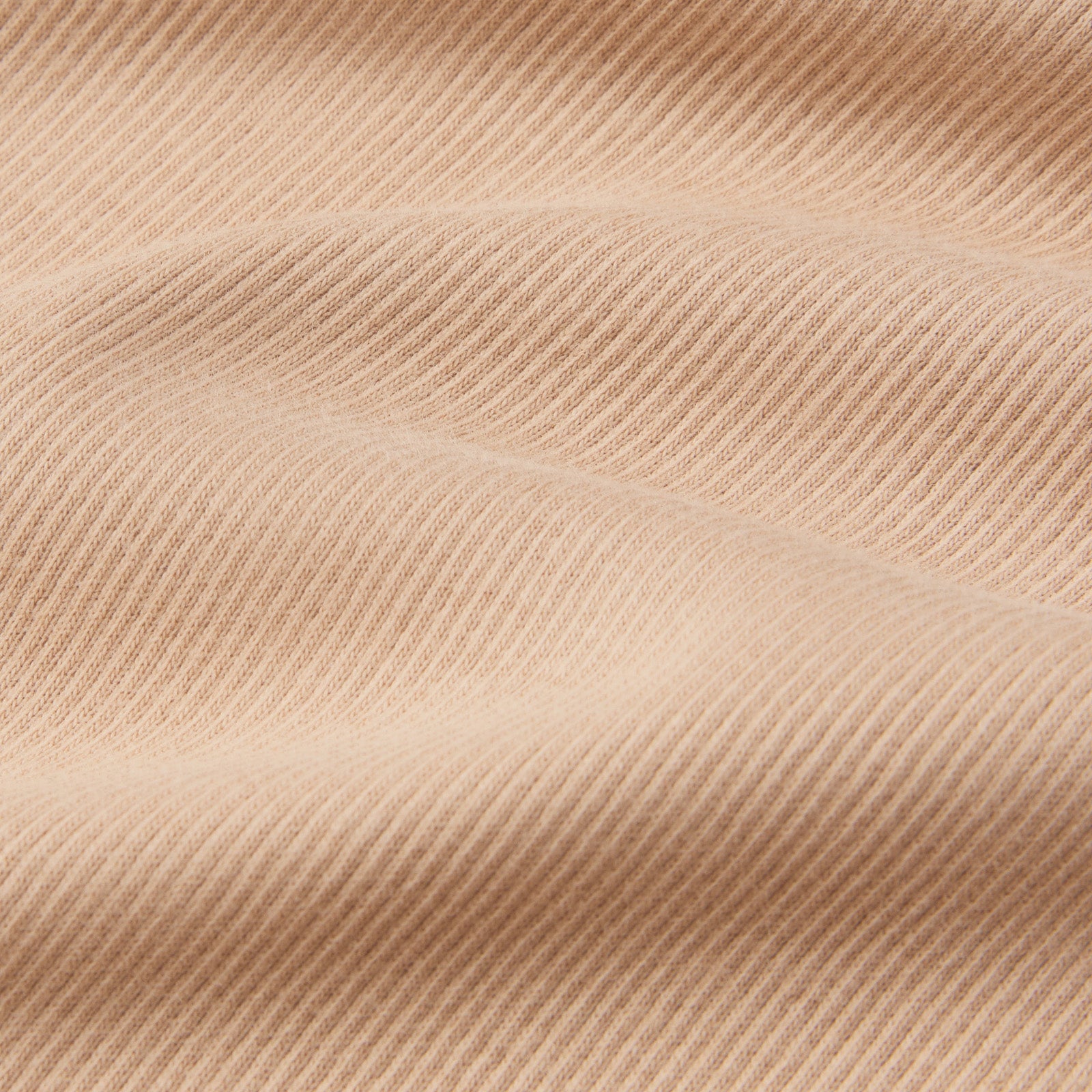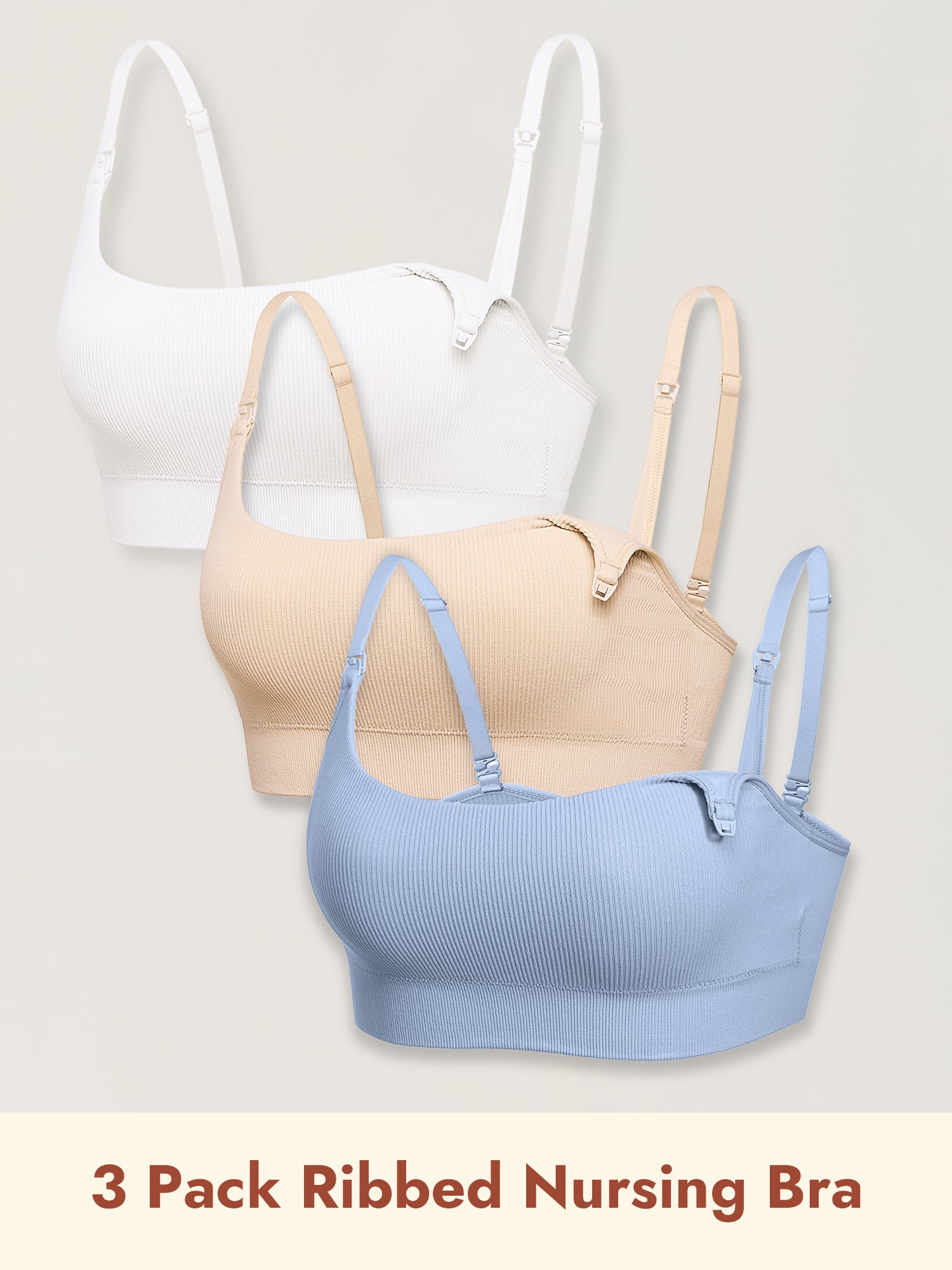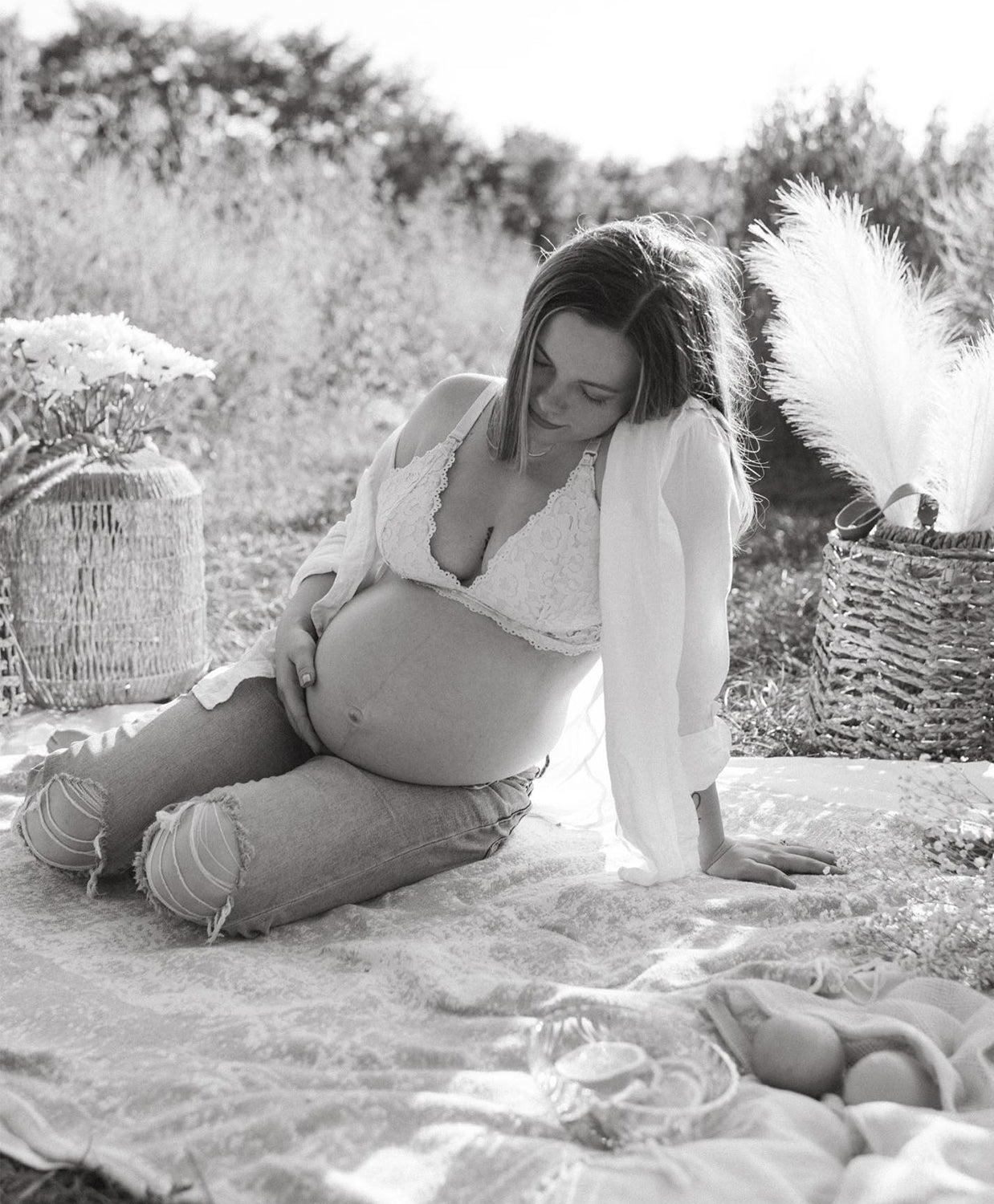Secrets every breastfeeding mom should know

Breastfeeding is a skill. Successful breastfeeding is something that will come with time, especially if you are a first-time mom.
A lot of moms face so many challenges in their breastfeeding journeys. Whether it’s your first child or you’ve already had a few kids before, breastfeeding can make you question your ability to provide for your little one, even when you are a fantastic mom.
In this guide, we’ll let you in on a few breastfeeding secrets that every mom needs to know. If you have been wondering how you can meet your breastfeeding goals despite the challenges, you have come to the right place. Some of these tips might even surprise you!
📌1. You can ease engorgement manually without a breast pump
Sometimes, you realize you have too much milk at the most inconvenient time. Well, you can ease this engorgement with your hands without using a breast pump.
The best place to do this is in the shower. Press down and towards your nipple like you would a tube of toothpaste. The steam will make it easier for the milk to come out and you will not have to deal with any clean-up after you are done.
📌2. You can unlatch your baby with your finger
A lot of moms struggle with helping their little ones latch, and there are a lot of resources to help you learn how to do that if you are struggling with it, too. However, few people realize that unlatching can be a problem as well.
A baby’s latch can be quite strong. Even when she falls asleep at the breast, she could still maintain a firm hold. If you are lucky, your baby might slip off by herself after she is done. But what if you need to end the nursing session early for some reason? Pulling her off just won’t do.
It can be rather painful especially if she has a strong hold on your breast.
So what can you do instead? Well, try breaking the suction by inserting your little finger into her mouth. Gently use your finger to create an air pocket between your baby’s mouth and your breast, breaking the suction. You can now safely and painlessly pull your baby off.
📌3. When your baby latches, she should take in a wide area of your breast in her mouth as well, not just your nipple
A proper latch is when your baby takes in not only your nipple but also a large part of your areola, the dark part around the nipple, as well. There are milk ducts under the areola that your baby needs to squeeze as she sucks to draw the breast milk out.
If your baby is only sucking the protruding part of the nipple, she will have a harder time getting milk to come out, which can be a source of frustration for both you and her. Plus, it’ll hurt, whereas a proper latch is not painful at all. So encourage your baby to latch correctly by waiting until she has opened wide then letting her take in both the nipple and part of the areola.
📌4. Your breast milk comes in cycles
You have probably noticed that your breast milk is thinner and lighter at the start of a feeding session before becoming thicker towards the end. This is normal and should not surprise you. Breast milk comes in cycles, with fore milk coming first followed by hind milk. Fore milk is thin and watery and easier for your baby to suck. After a while, hind milk comes in, which is thicker and fattier.
You can see this in action when you pump. The first few pumps will be watery, followed by the whiter, fatty milk a few minutes later. If you want your baby to get a full balanced feeding, ensure that you empty the breast every time she feeds.
📌5. You can increase your milk supply by pumping the other breast while you breastfeed
Nurse your baby on one breast, and at the same time, get your pump game on at the other breast. This is a great way to ensure that both breasts are drained at the same time, guaranteeing that they will fill up uniformly.
Plus, when you pump on one side as you breastfeed on the other, you trick your body into thinking your baby is consuming way more milk than she actually is. Your body will jump into action to meet this new demand, producing more milk in the process. If you struggled with low supply before, you can say goodbye to all that once you try this method!
So pump on one side while your little one nurses on the other. Then at the next feeding, switch sides and pump on the side your baby was nursing on while she nurses on the side you pumped earlier. Store the extra milk for later or use them for bottles on the same day.
📌6. Breast milk has soothing properties
Breast milk has antibacterial soothing properties that can work wonders for sore and cracked nipples. It is also a great way to prepare your nipples for breastfeeding. After each session, you can also use it as a natural moisturizer to avoid dry nipples.
All you have to do is squeeze out a few drops of breast milk and spread it over your nipple before and after your baby feeds. Before your baby latches, she will be able to smell the breast milk and have an easier time latching, especially during those first few days of life. After a feeding, your breast milk will help heal any skin damage while keeping the area moist. You can even use it along with your lanolin cream if you want to.
📌7. If you have sore nipples, offer the less sore one first
If you have sore nipples, you probably dread that moment when your baby latches the most. What’s worse, babies suck harder at the start of a feeding session when they are hungry and alert.
Well, in most cases, one breast will be less painful than the other. If this is the case for you, offer the less sore breast first. Your baby will suck harder on that side, giving your more sore nipple a rest. You can also pump the sore nipple gently while your baby nurses on the other side.
📌8. You can protect sensitive nipples from contact using breast shells
If you have sore or cracked nipples, it can be quite painful when they get chaffed onto your clothes or your nursing bra rubs against them. To mitigate against this, consider using breast shells. Unlike nursing pads, they allow your nipples to breathe and prevent any cream you apply on them from rubbing off.
📌9. Feed your baby often and watch what you eat to increase your supply
Babies thrive when they are fed frequently. The more you feed your little one, the higher your supply will be. The emptier your breast is after each feeding, the more milk you are going to have for the next one. And if you nurse less frequently, your body will adjust and start producing less milk.
As you breastfeed your baby, you also want to watch your food intake. Eat more to replenish all the energy your body is spending converting calories to milk. Your body may not look like it is hard at work, but on the inside, all your systems are hard at work. So give yourself the fuel you need to do a great job. And don’t forget to hydrate!
📌10. Planning to pump? Introduce the bottle early
If you are planning to pump because you have to go back to work, consider introducing the bottle early well before you are due to return to the office. You do not want to introduce the bottle just a few days before your return date.
Introducing it early will allow your little one to get comfortable with it at her own pace. Should she reject it the first time, you can stop for a while and try again at a later date because you have the time. When you do it too close to your return date and your baby rejects the bottle, you have to go to work with that nagging worry that your baby might not be feeding as well as she should be while you are at work.
📌11. If you are pumping at work, invest in a work pump or leave some spare parts at work
Breast pumps can be life savers. They can also be quite frustrating to work with. They have lots of fragile parts that can get lost or break and you end up having on your hands a breast pump that won’t do its job. Having more than one of the same type of breast pump means you’ll have spare parts that you can interchange between them. And if you have a dedicated pump for work and home, you’ll be so grateful for the convenience they will bring.
📌12. Learn how to keep your breasts clean and dry
Some breastfeeding issues occur because of the physical surface of the breast. For example, thrush may be caused by fungus on the skin, or sore and cracked nipples may become worse when they rub against your clothes.
The easiest way to mitigate against this is to simply air dry your breasts as much as you can. This means hanging out around the house with your breasts out. It will help you avoid contact with anything and being constricted with clothes.
At the same time, change your nursing bras regularly. Switch up your tops as well, and wash them regularly to prevent bacteria and fungi from collecting on them.
Final Thoughts
So there you have it, our list of breastfeeding secrets that should be in every breastfeeding mom’s arsenal. Knowing all these things will make your breastfeeding journey a lot easier because you will be able to avoid most of the pitfalls that many moms fall into. Good luck!
SUBCRIBE FOR NEWSLETTER
Shop today with 5% OFF your first order of all products storewide

